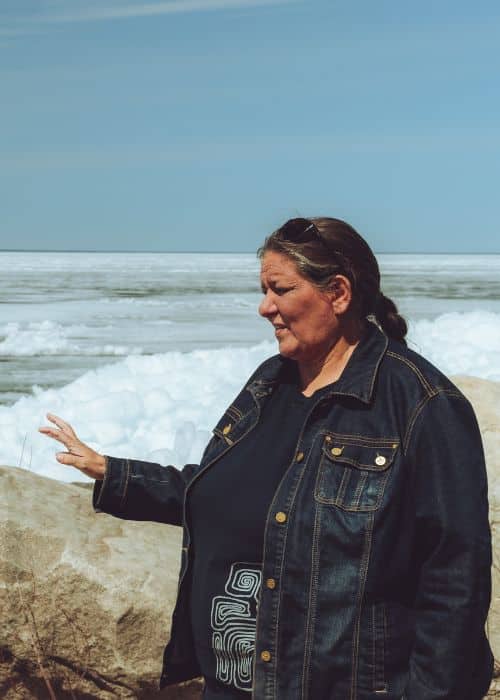According to Statistics Canada, Canada has over 1.8 million Indigenous Peoples including First Nations, Métis, and Inuit peoples. Over their history, they’ve been through extreme hardships, including colonisation, residential schools, and social systems enforced by the government. Despite all these hardships, the Indigenous People Of Canada continue to be an important part of Canadian society.
Who are the Indigenous People of Canada?
The Indigenous Peoples of Canada can be classified into three categories – First Nations, Métis, and Inuit. The First Nations are the original inhabitants of the land, the Inuit live in northern parts of Canada and call their land Inuit Nunangat, and the Métis are from Prairie Canada and are people of mixed Indigenous and European heritage.
The government of Canada introduced the Indian Act that addresses various issues related to the community. It divides them in two categories – Status Indians and Non-status Indians. They are also protected by section 35 of the Constitution Act, 1982.
Despite many treaties and laws in place to protect the interests of Indigenous People of Canada, they are grippled by poverty, lack of essential resources, inadequate housing, and high levels of unemployment among others. The northern Indigenous communities are some of the worst affected and have striking levels of inequality in health and wellness outcomes, income, food, and housing. At True North Aid we believe that Indigenous People of Canada should be given a right to self-governance and self-determination, which is crucial in closing all these gaps. We partner with organisations with initiatives within our mandates as approved by the Canada Revenue Agency (CRA).
With your help and support, we see lives changed and our True North once again becoming strong and free.
Regional and Cultural Diversity in Canada
There are 6 diverse regions and are divided using linguistics, culture, and history. These include:
- Arctic
- Subarctic
- Northwest Coast
- Plateau
- Plains
- Eastern Woodlands (sometimes referred to as the Northeast)
However, each region is generalised and this diversification should only be used to understand the historical and cultural importance of the Indigenous People of Canada.


